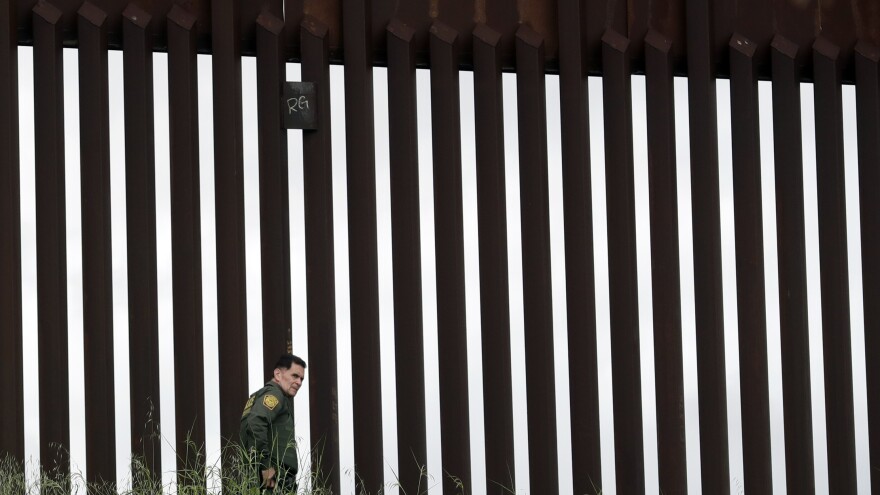A UC San Diego Health study released Friday found that since 2019, the number of high-severity injuries occurring at the U.S.- Mexico border wall in Southern San Diego has quintupled, which UCSD trauma physicians attribute to a height increase of the border wall.
At UC San Diego Health, there were 67 cases of trauma-related incidents due to falls at the border wall from 2016 to 2019. The number jumped to 375 between 2019 and 2021. Fatalities also increased, from zero before 2019 to 16 since then. The wall was raised from a range of eight to 17 feet to its current height of 30 feet.
"The height increase of the border wall along the San Ysidro and El Centro sectors was touted as making the barrier "unclimbable," but that has not stopped people from attempting to do so with consequential results," said first author Dr. Amy Liepert, medical director of acute care surgery at UCSD Health. "This is an unseen public health crisis happening right now and it has significantly affected major local health care providers in San Diego."
The study, published in Friday's JAMA Surgery journal, was conducted retrospectively and calculated border wall fall admissions from January 2016 to December 2021. Data on hospital mortality, overall injury severity, hospital length of stay and inflation-adjusted hospital costs were also collected, the researchers said.
"Additional capacity and associated costs were not accounted for in the federally appropriated funds to reinforce and heighten the border barrier system," Liepert said. "Hospital costs for border wall-injured immigrants at UC San Diego Health alone are estimated to be approximately $13 million between 2019 and 2021."
According to the authors, many individuals who fell from the border wall suffered significant brain and facial injuries and complex fractures of their extremities or spine. Many required intensive care and multiple surgical procedures.
Due to lack of health insurance and residency status, many patients were not eligible for rehabilitation facilities or post-discharge physical therapy, leading to prolonged hospital stays and impacted hospital access, they wrote.
"This is a local public health crisis that has worsened trauma center bed capacity, resulting in staff shortages and has taxed our extremely dedicated health care professionals," said Dr. Jay Doucet, division chief of trauma and surgical critical care at UCSD Health. "It is also a humanitarian crisis in which people are being severely injured or dying at the border, and because this is happening it is impacting available access to trauma care for San Diegans as well."
Liepert said future policy decisions along the border should include assessments of the effects of new barriers, including humanitarian consequences and potential effects on local health care system resources.







